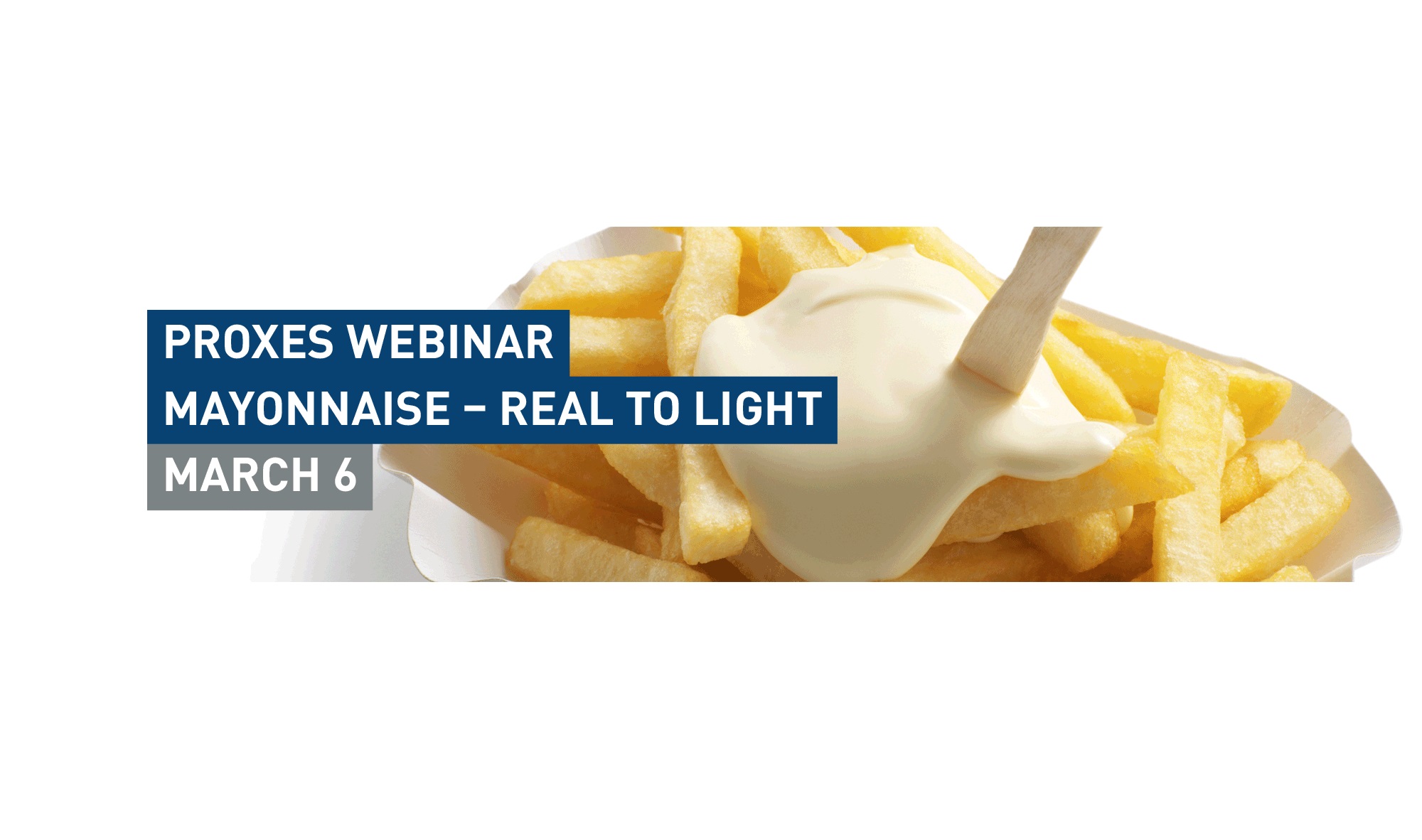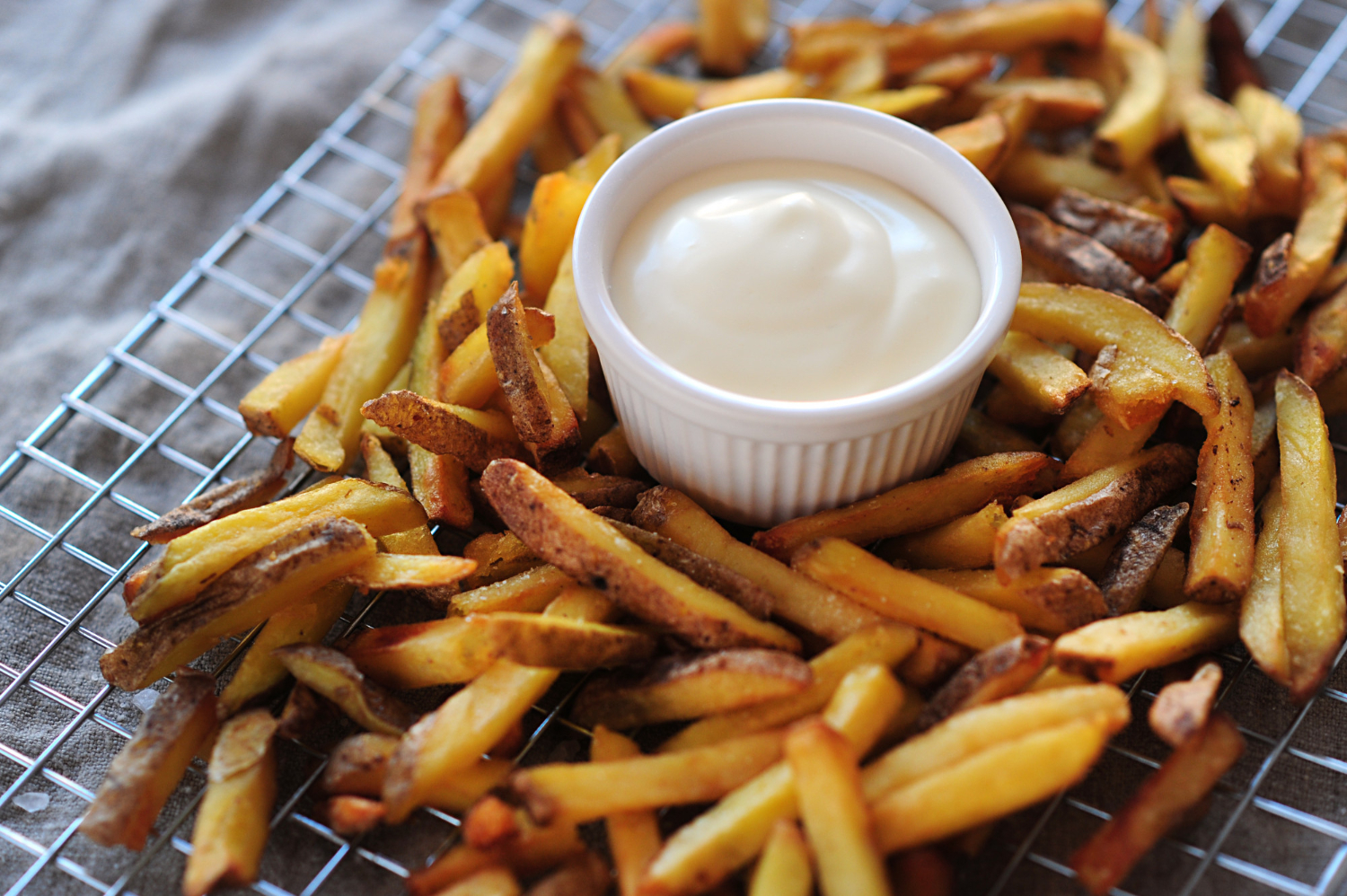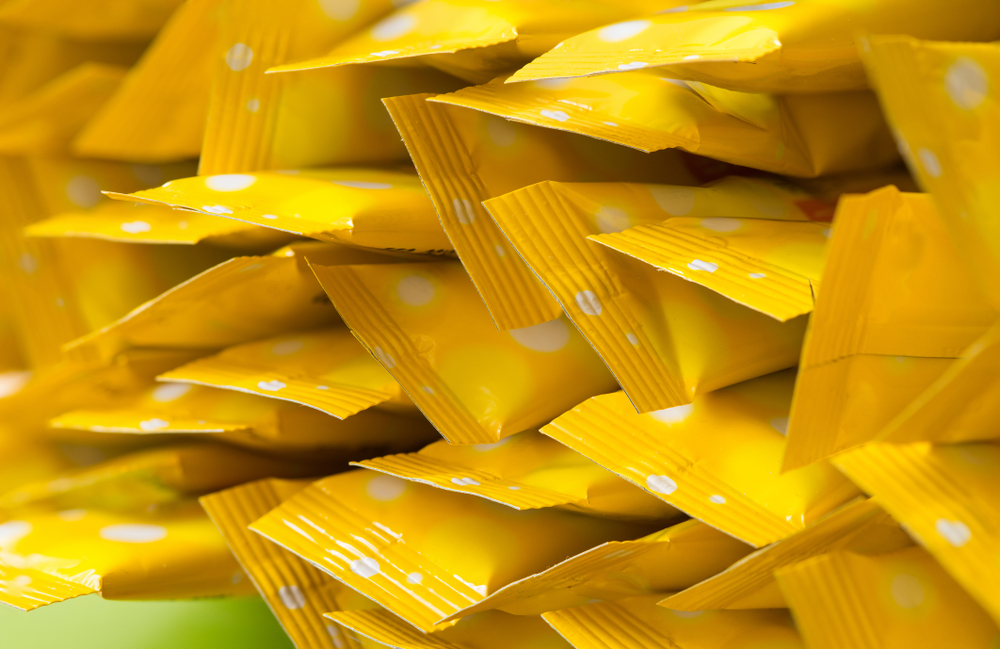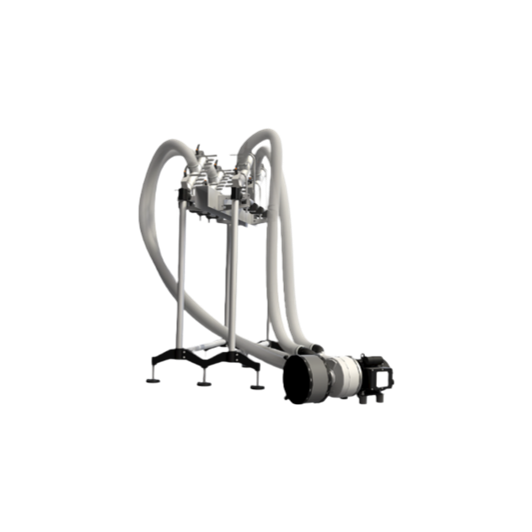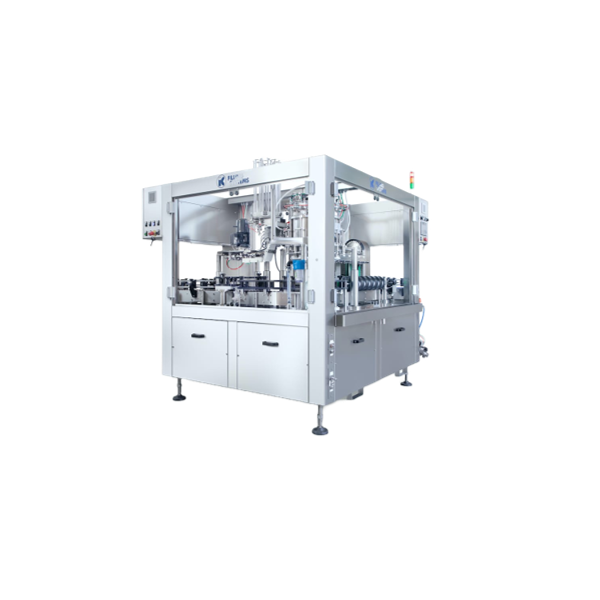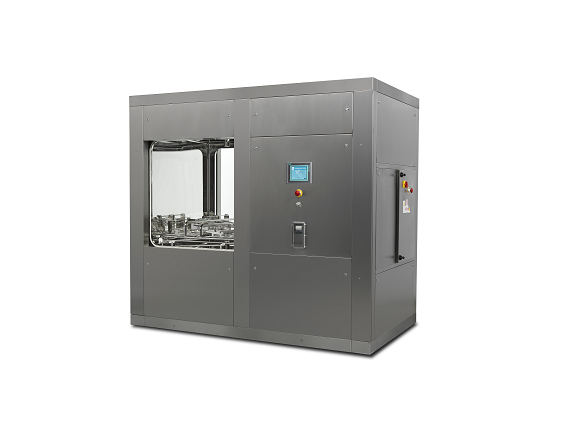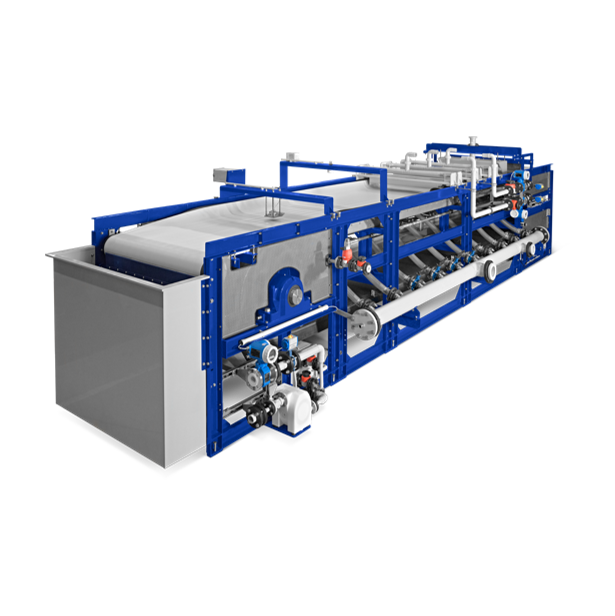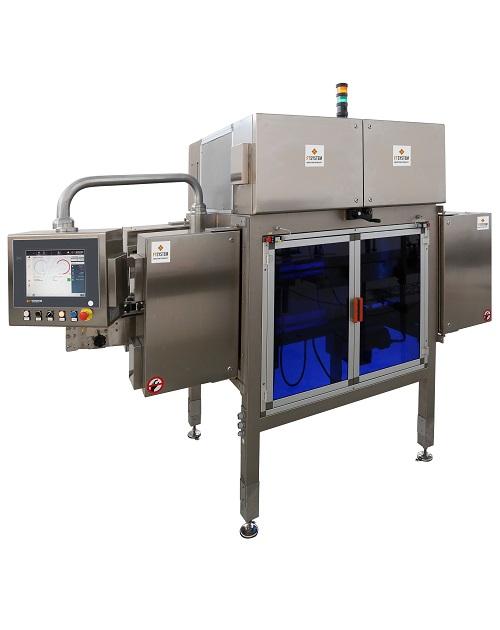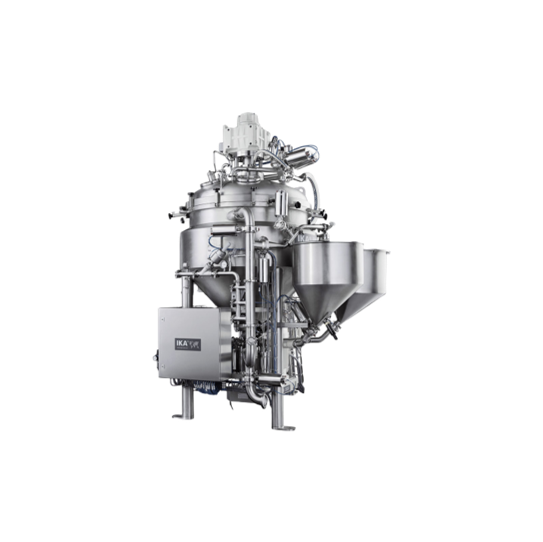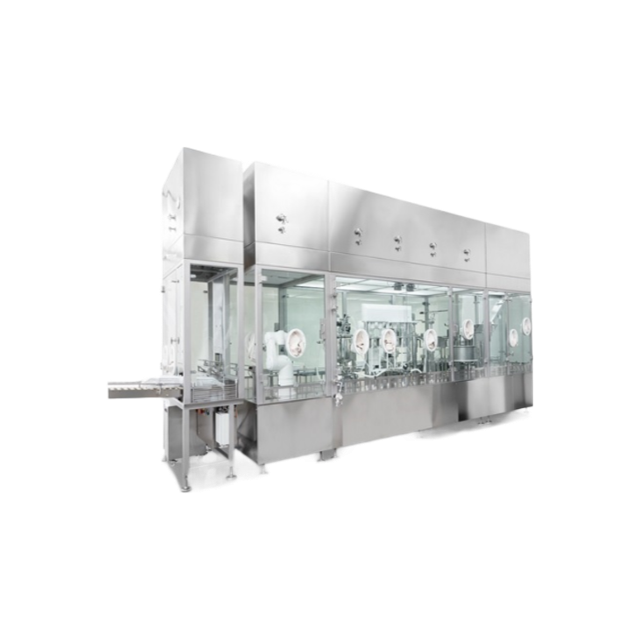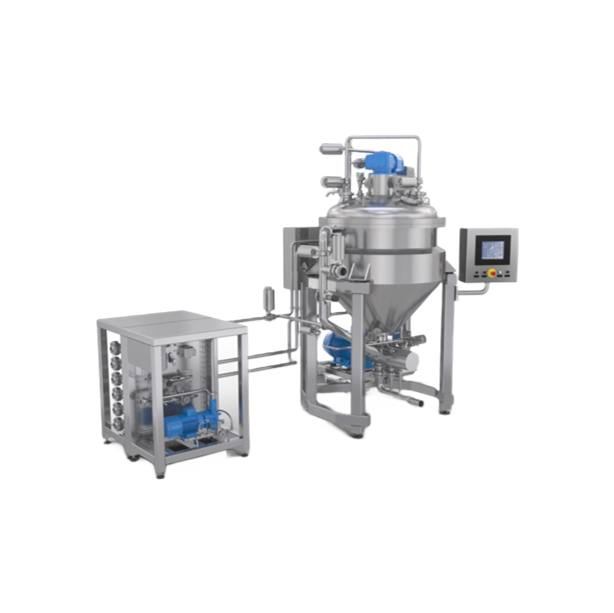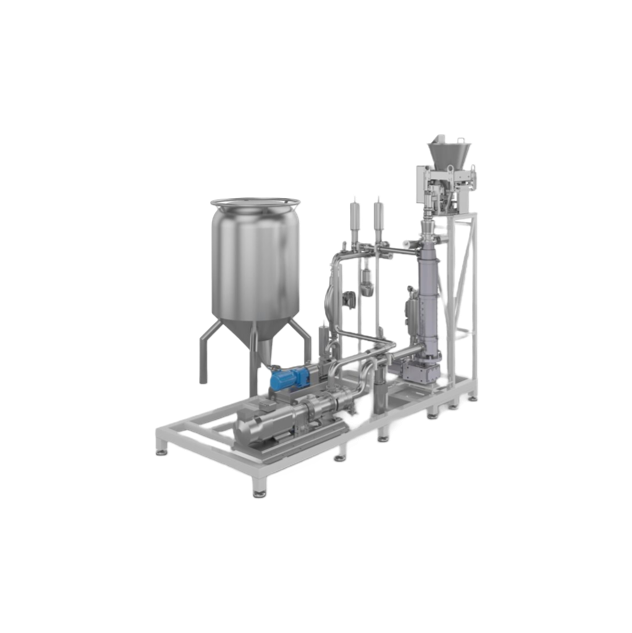
Mayonnaise Manufacturing Equipment
Find innovative production technology for making mayonnaise and connect directly with world-leading specialists
Mayonnaise is created by blending oil with eggs, and then flavoring with vinegar, mustard, herbs, and spices. The eggs are a natural emulsifier that creates a uniform mixture. Ingredients are pumped into mayonnaise manufacturing equipment. First, a dynamic mixer maintains the desired level of emulsification of the mixture, which then moves on to packaging and bottling once reaching a satisfactory consistency.
Tell us about your production challenge
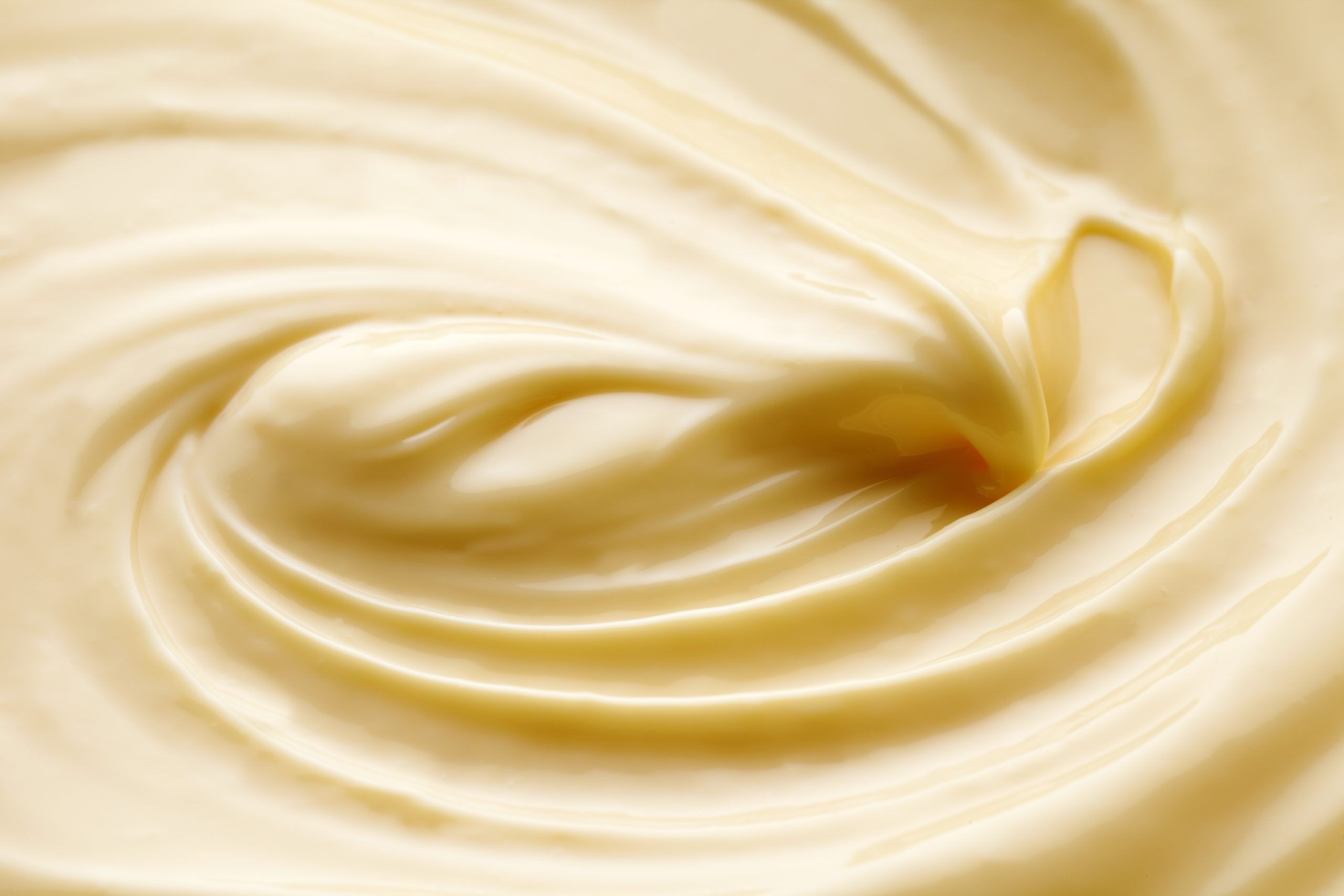
Improving your production process with mayonnaise processing equipment
The production process of mayonnaise is fairly straightforward. You prepare a stainless steel mixing tank with water and vinegar, to which ingredients may be pumped from other tanks. This emulsification mixer blends the ingredients into a uniform consistency. Once adequately combined, your mayo is ready to be pumped to your bottling equipment. Your filled bottles are capped, sent to your labelling machine, and ready for distribution.
Fundamentals of food safety
The production of mayonnaise employs the use of raw eggs, so food safety becomes a major point of concern due in particular to the risk of salmonella poisoning. All eggs used in the production of mayonnaise must be pasteurized. This process uses heat of approximately 60 °C to kill any bacteria present without cooking the egg. The mayonnaise making machine and equipment used in this step are pasteurization machines that significantly accelerate this process at an industrial scale.
Pasteurized eggs that are refrigerated should remain so, or condensation may stimulate bacterial growth into the egg. Eggs at room temperature, however, do not require refrigeration after pasteurization. In addition, maintaining pH below 4.1 will further help to prevent salmonella growth. Failure to ensure proper food safety of your egg ingredients can compromise the safety of your mayonnaise.

Eggs, the exceptional emulsifiers
The importance of eggs in the production of mayonnaise lies in their properties of emulsification. Traditionally mayonnaise contains only the yolk portion of the egg, but low-fat varieties will typically use the whites instead. The yolk emulsifies so well due to a protein called lecithin, but egg whites also have emulsifying properties from their albumin content, so either or both will suffice for this purpose.
The egg proteins envelope minute portions of vinegar, allowing it to disperse evenly within an oil base. The water-loving heads of lecithin are drawn to the vinegar, while the fat-loving tails extend into the oil. Any insoluble ingredients may be combined in this way to achieve uniform consistency. Interestingly, turmeric and saffron are prohibited from use in mayonnaise production for their ability to mimic the color of egg yolk.
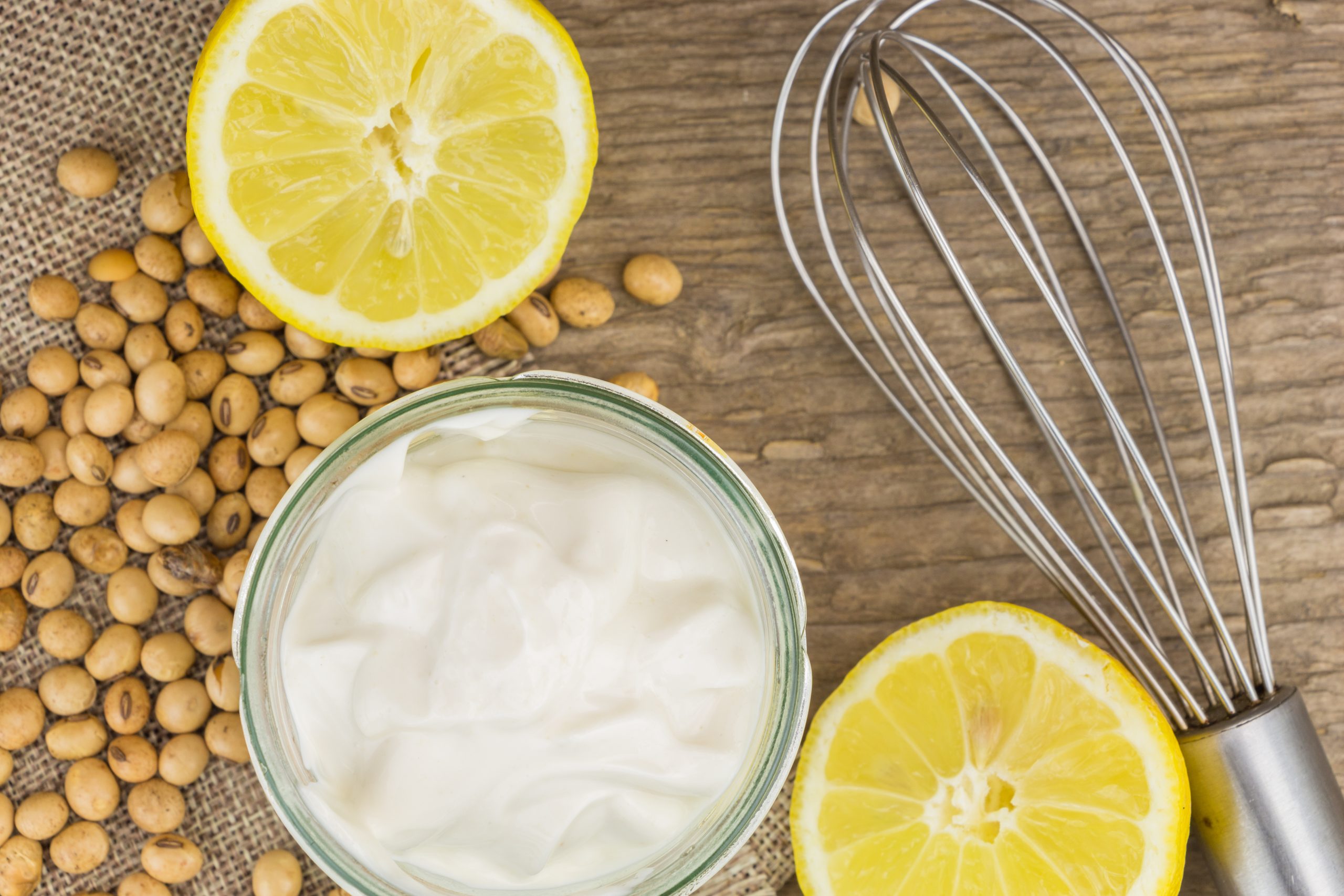
No eggs, no problem! Making vegan mayonnaise
Producing vegan mayonnaise comes with the challenge of achieving a similar emulsion to traditional mayo without the eggs. To do this, any emulsifier will work, but soy-derived lecithin is a common substitute. Vegan mayonnaise may also be produced in partial emulsions that separate slowly. If your mayo has separated, a quick mixing will reconstitute the ingredients into a uniform mixture for consumption. Without the eggs, this may not be considered true mayonnaise, as is the case in the United States. Even so, it is often indistinguishable in taste and texture.
Mayonnaise: the modifier of many mixtures
A variety of products incorporate mayonnaise for its rich flavor and creamy texture. Considering that mayo is mainly just a mixture of oil and eggs, it can be substituted for them in any recipe. Cakes and cookies are one such example. Mayonnaise can provide a protective coating to lock in moisture when cooking, or be used to create a more complex emulsion such as creamy salad dressings like creamy italian, or sauces such as mustard.
Fry sauce is a combination of mayonnaise and ketchup, spicy mayonnaise is a common ingredient in Asian cooking, and Aioli is essentially mayonnaise with garlic and other dried spices. Non-food uses also abound as a lubricant, cleaning agent, burn treatment, hair treatment, cosmetics and others. Though simple to make, mayonnaise is an exceptionally versatile ingredient.
Processing steps involved in mayonnaise making
Which mayonnaise technology do you need?
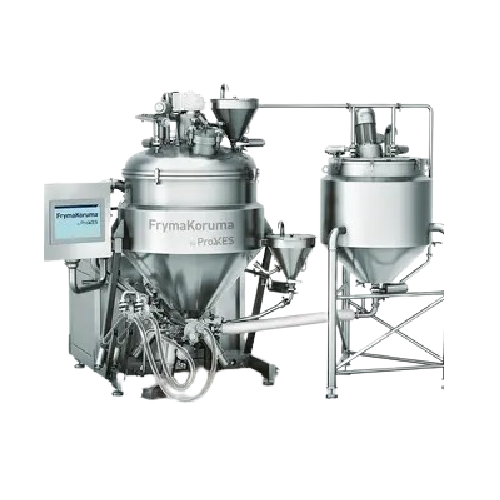
High shear emulsifier for mayonnaise production
In food production, creating stable emulsions like mayonnaise requires pre...
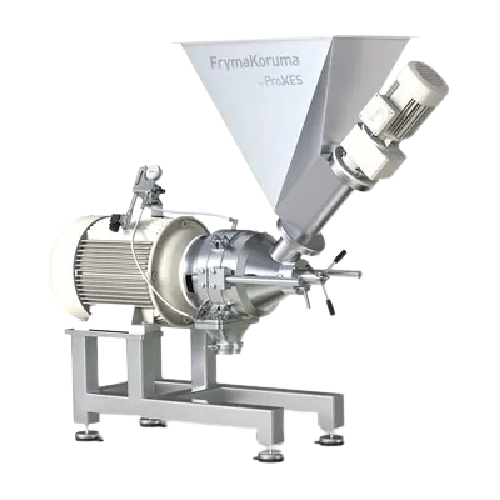
High shear emulsifier for food and pharmaceutical products
In the production of emulsified products such as mayonnaise, ...
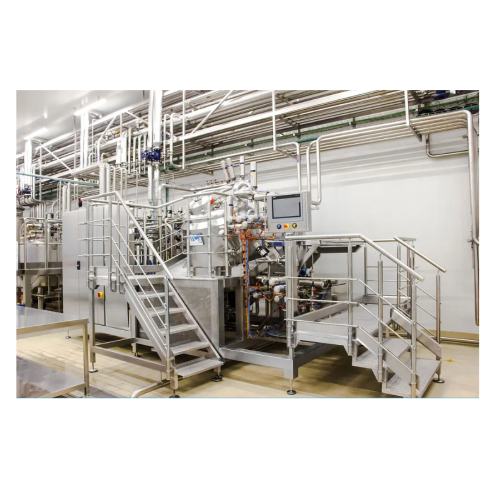
Mayonnaise production system
Manufacturing mayonnaise with consistent texture and stability at a high throughput requires pr...
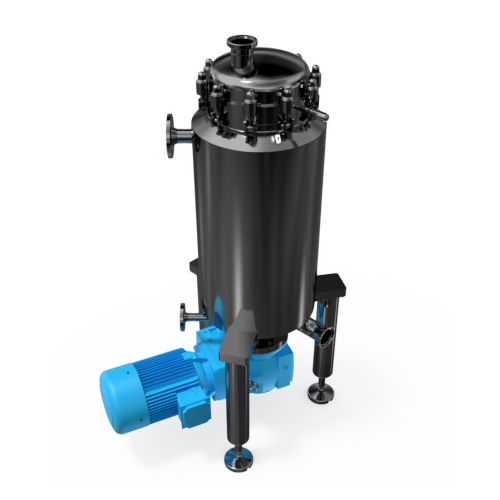
Scraped surface heat exchanger for food processing
In food processing, achieving precise, efficient heating and cooling i...
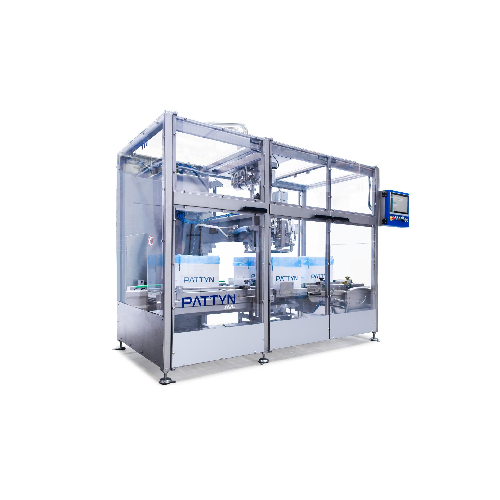
Semi-liquid weigh filler for edible oils & fats
In the food processing industry, filling semi-liquid products like edible ...
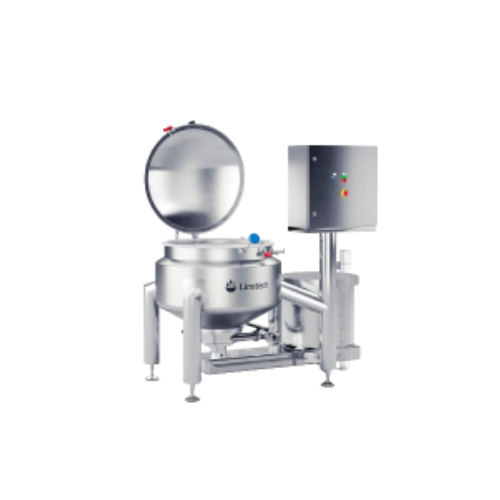
Inline high shear mixing for dairy and condiments
When producing dairy-based products like ice cream mix or condiments su...
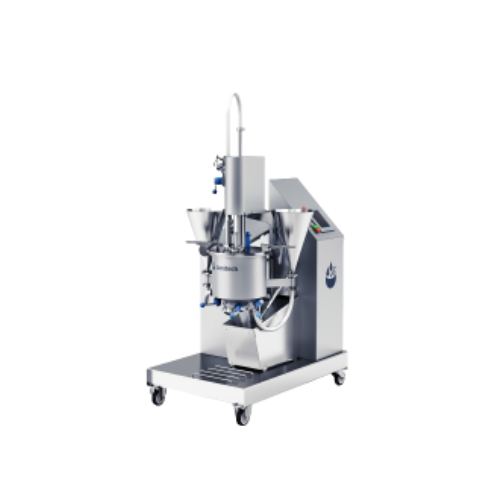
Blender for high viscous products
When producing high viscous products such as ketchup, mayonnaise, or creams, traditional ...
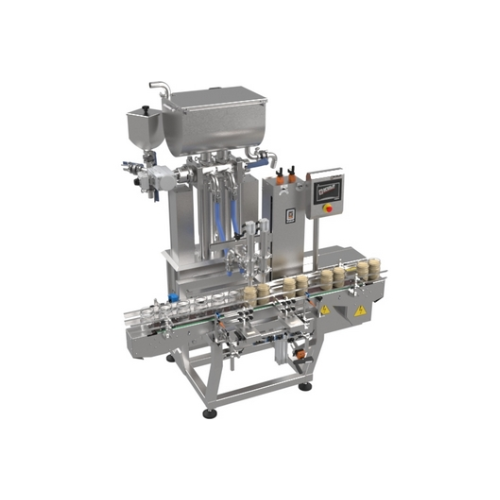
2-head liquid and viscous product filling system
In many production facilities, accurate and efficient filling of liquids,...
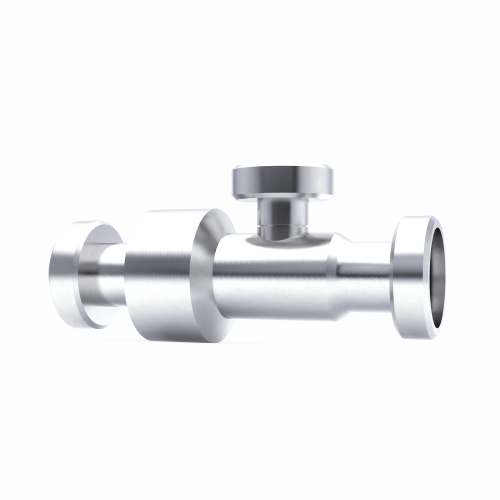
Magnet for emulsion technology for lump-free blends
In food processing, achieving smooth, lump-free emulsions and dispers...
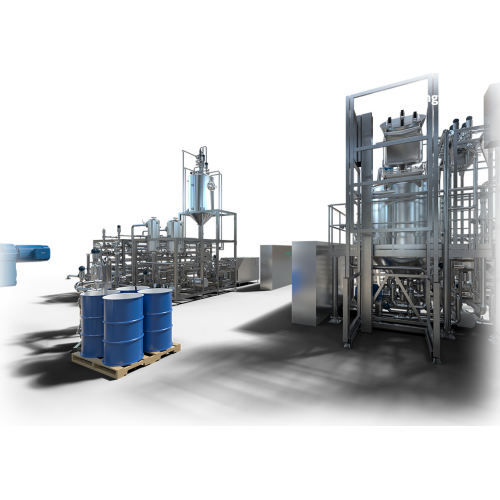
Steam-heated hemispherical bottom cookers for sauce production
Producing high-quality sauces, such as mayonnaises and to...
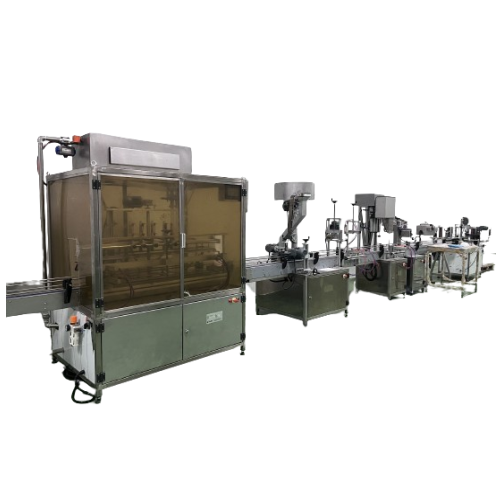
Liquid food filling solutions
When producing liquid food products in large volumes, it’s crucial to ensure hygienic, e...
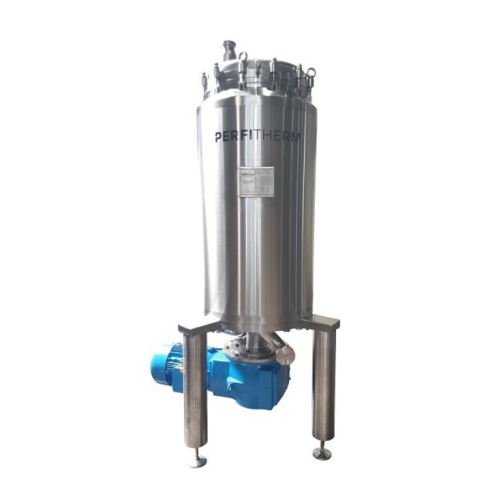
In-line mayonnaise emulsifying system
When producing emulsified sauces or dressings, maintaining consistency and quality is...
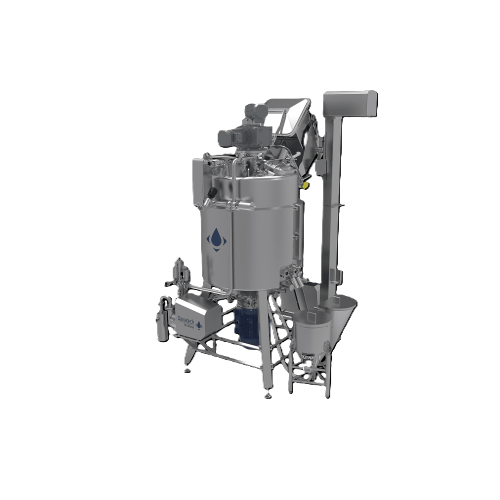
High-shear mixer for high viscosity products
In the production of sauces, dressings, and emulsions, achieving a homogeneou...
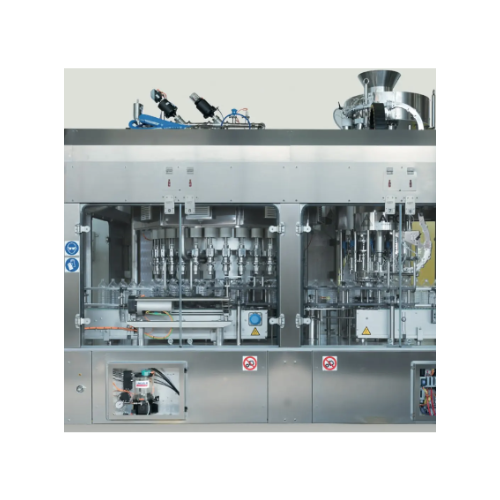
High-precision rotary weight filler for edible oils and sauces
Achieving consistent filling precision and minimizing pro...
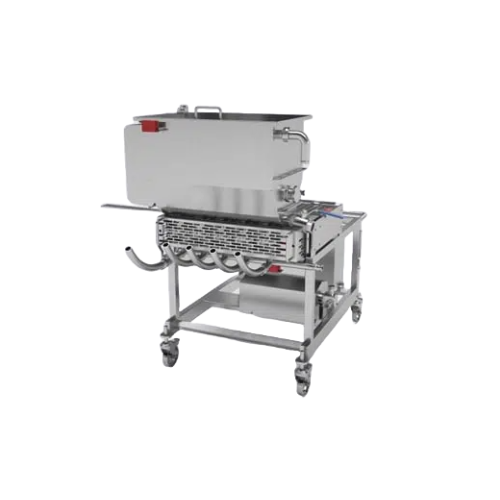
Automatic piston fillers for liquid products
In industrial food production, maintaining precision in filling liquids like ...
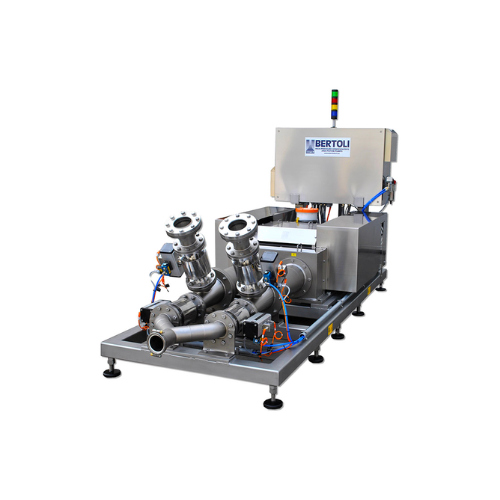
Industrial homogenizer for food and beverage applications
In the production of food and beverage products, maintaining a...
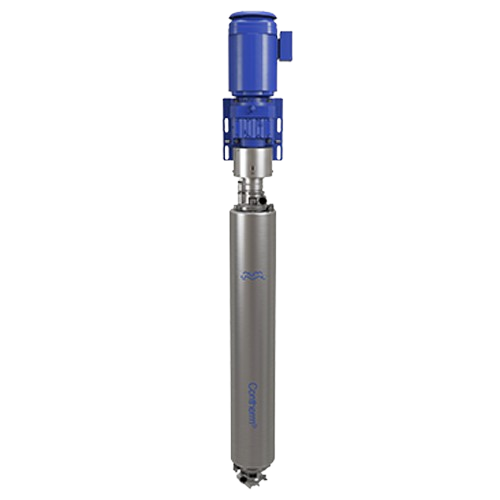
Scraped surface heat exchanger for viscous products
When producing high-viscosity products like ketchup, mayonnaise, or p...

Scraped surface heat exchanger for high-pressure applications
In industries where continuous processing of high viscous ...
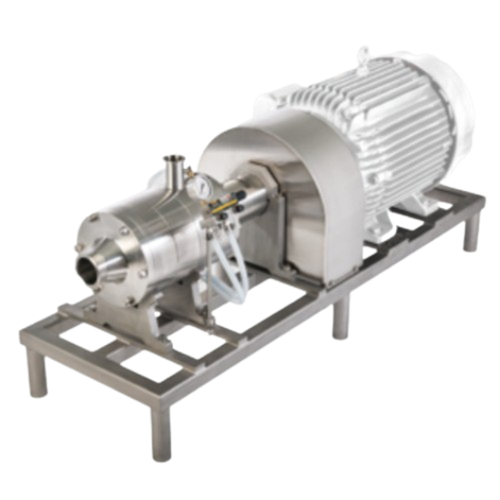
Inline wet mill for mayonnaise emulsions
Reducing costs and maintaining consistency in mayonnaise and salad dressing produc...

Automatic positive displacement bottle filler
In commercial bottling operations, precision and efficiency in filling high-...
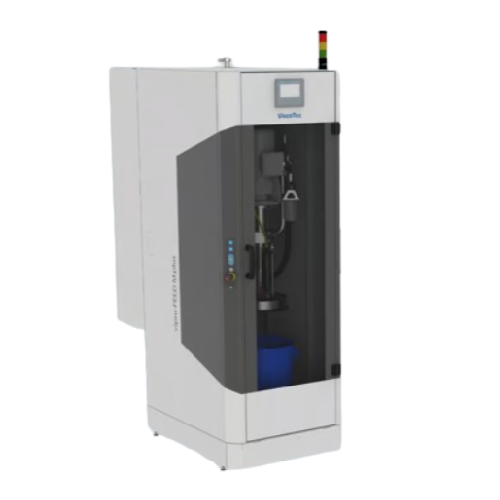
Emptying systems for high viscosity fluids and pastes
Industries often require efficient emptying of highly viscous mater...
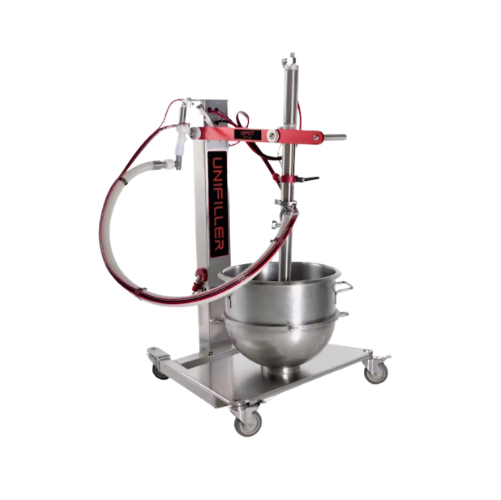
Compact food depositor for direct container use
In commercial kitchens, efficient and precise portion control is essential...
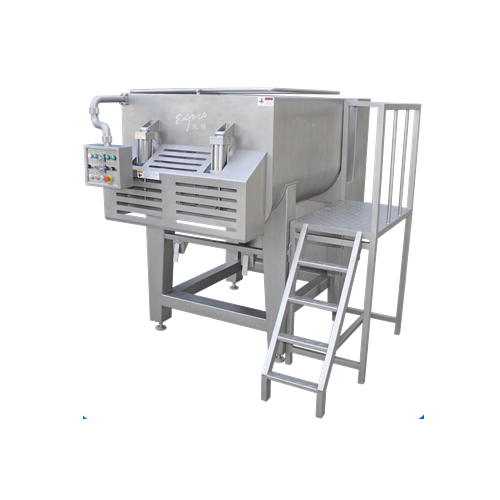
Commercial food mixers for versatile culinary applications
In commercial kitchens and food production facilities, achiev...
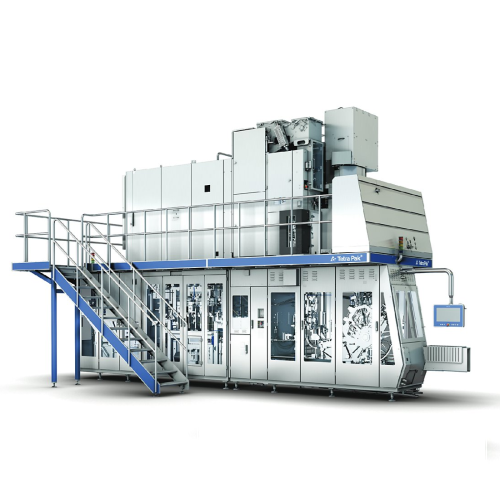
Versatile filling system for aseptic packaging
In the production of various liquid foods, the ability to switch efficientl...
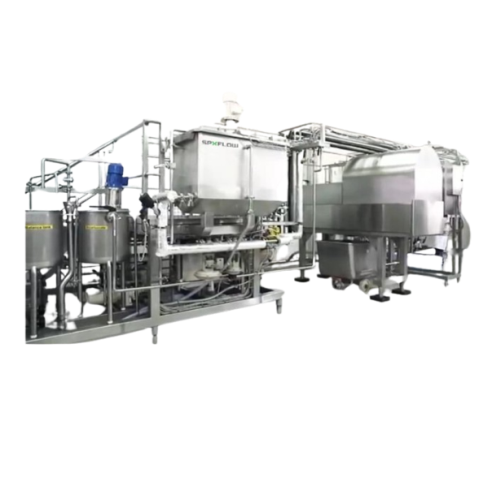
Soymilk processing plant
When creating plant-based beverages like soymilk, there is a need for efficient processing solutions...
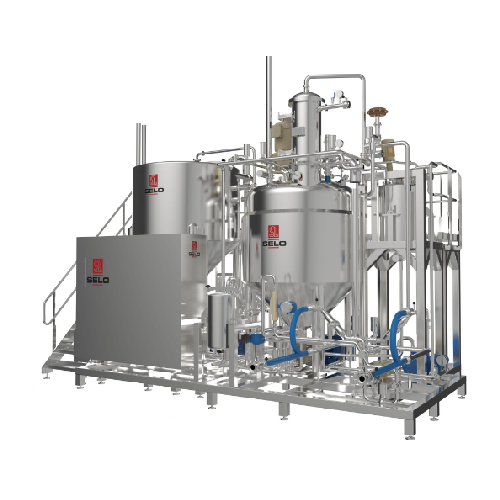
Mayonnaise production line
For high-capacity food production environments, maintaining consistency and efficiency in produci...
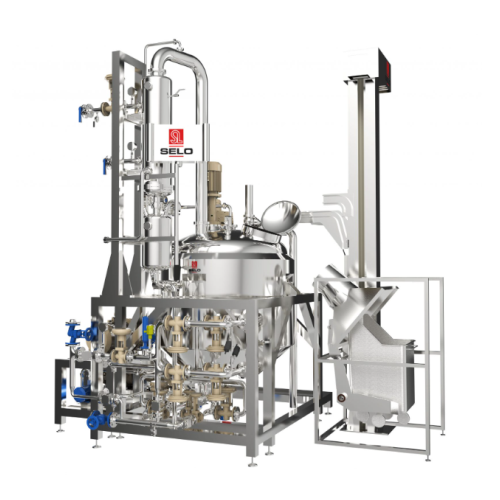
Automated mayonnaise and dressing production line
Food manufacturers often face demand for consistent, high-quality mayon...
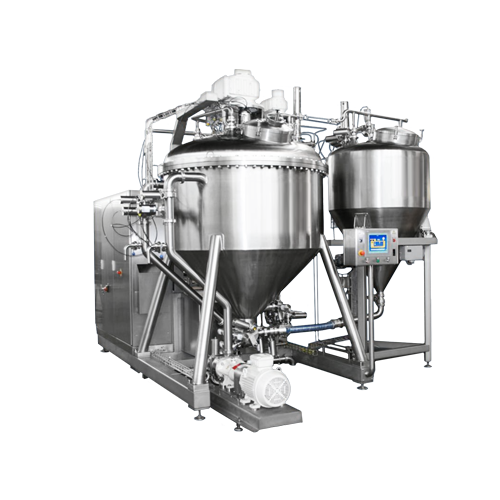
Vacuum process system for food product mixing and emulsifying
Creating food products like mayonnaise, ketchup, and dress...
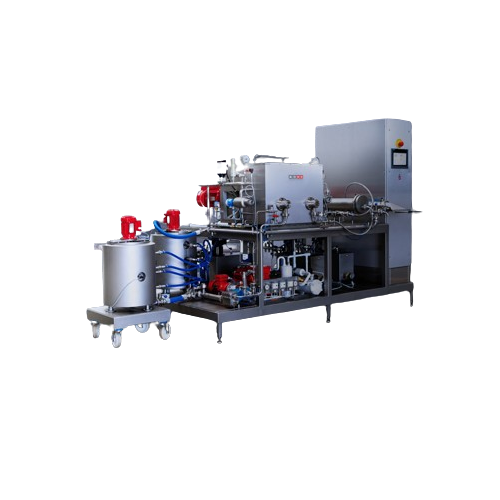
High pressure plunger pump for continuous food processing
In modern food processing, achieving consistent product qualit...
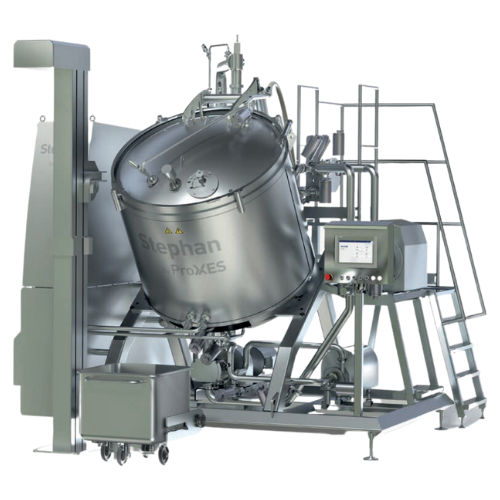
All-in-one system for making emulsions
To make smooth batches of mayonnaise or ketchup you need to use process equipment fo...
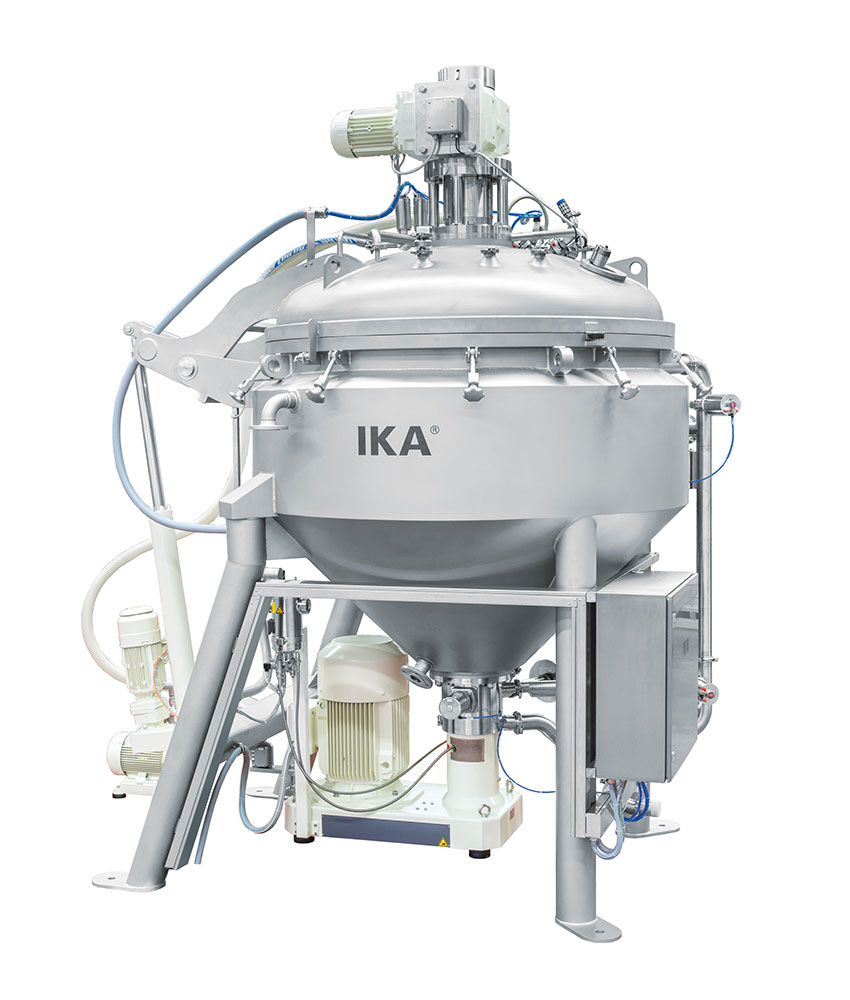
Homogenization and emulsifying system for fine foods
Texture and consistency are critical to foods with delicate composit...
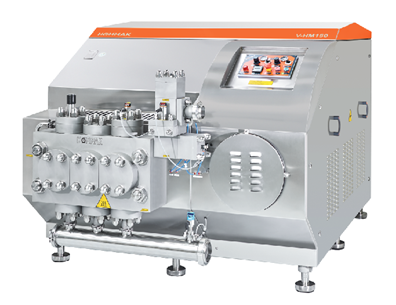
Pilot plant homogeniser
From food to pharma, homogenization is an essential step in the production process that provides unif...

Monobloc filler and capper
If you have separate filling and capping stations you may experience lower throughput rates due t...
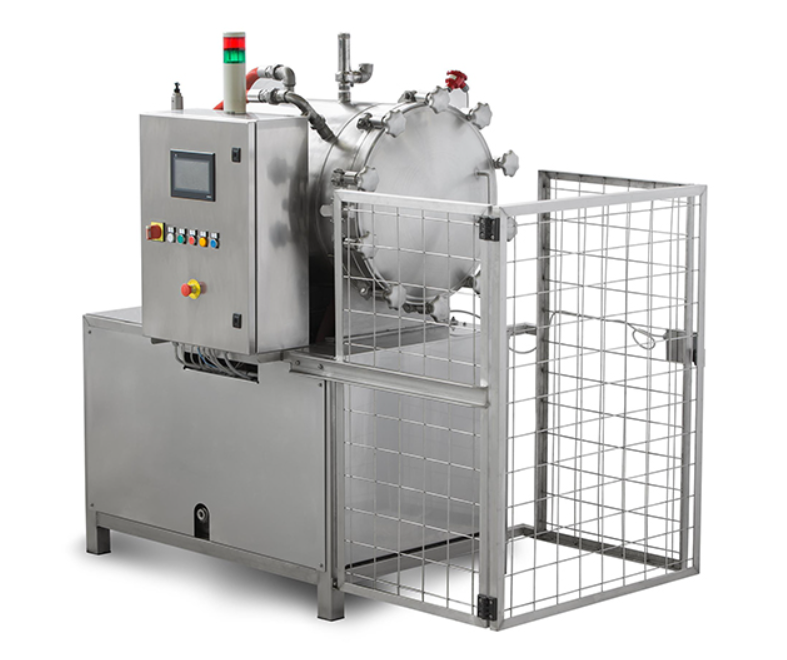
Autoclave sterilizer for food cans and jars
An autoclave is a must-have machine for canned food production lines. It perfo...
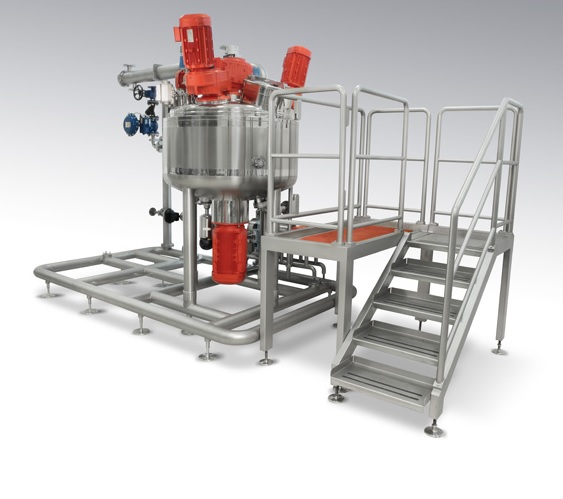
Temperature-treatment mixer for bakery & gastronomy
The production of creams, sauces, ragouts, ready-to-bake, and sim...
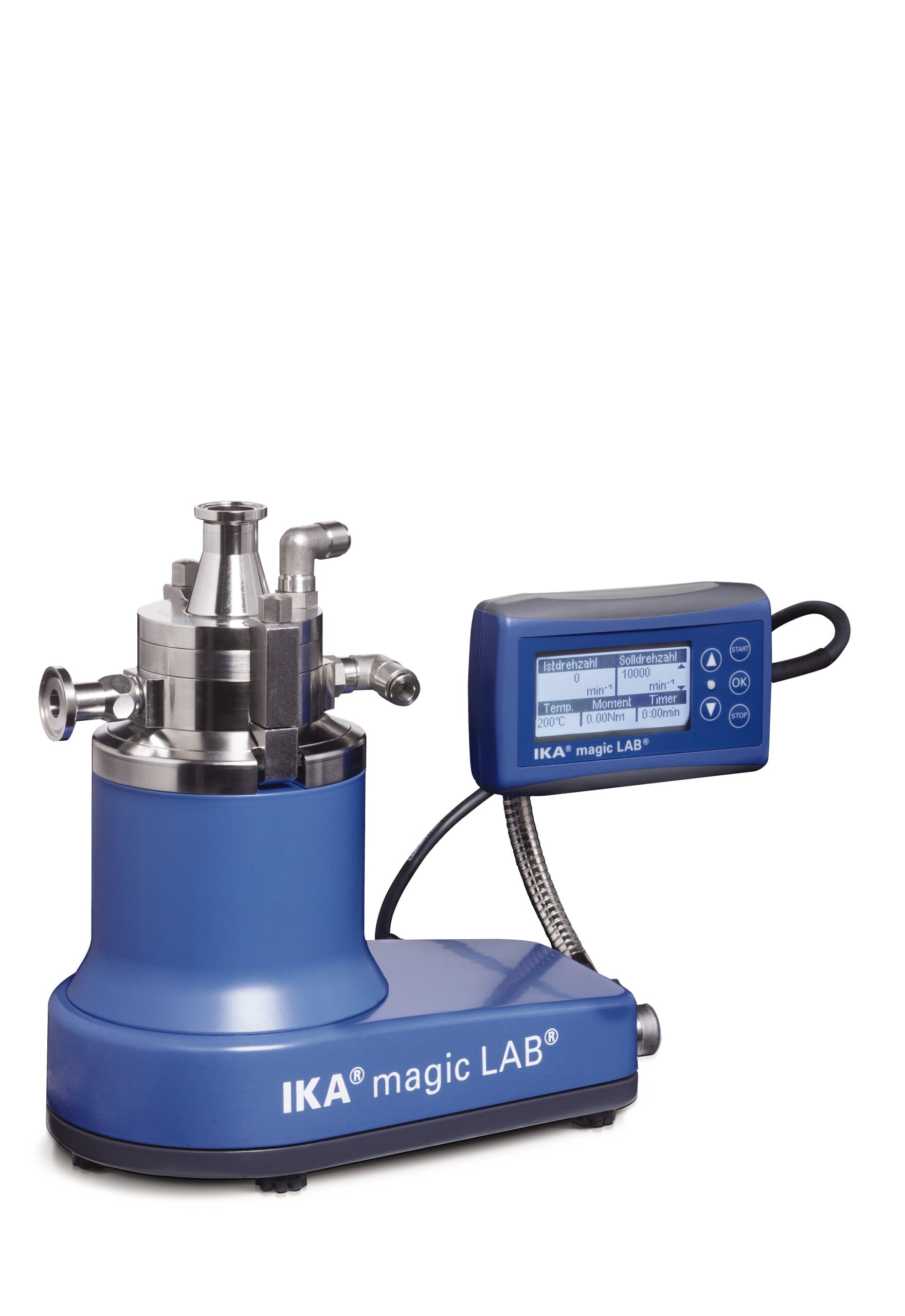
Small-scale laboratory dispersing machine
Developing and validating new processes requires reliable and highly versatile e...
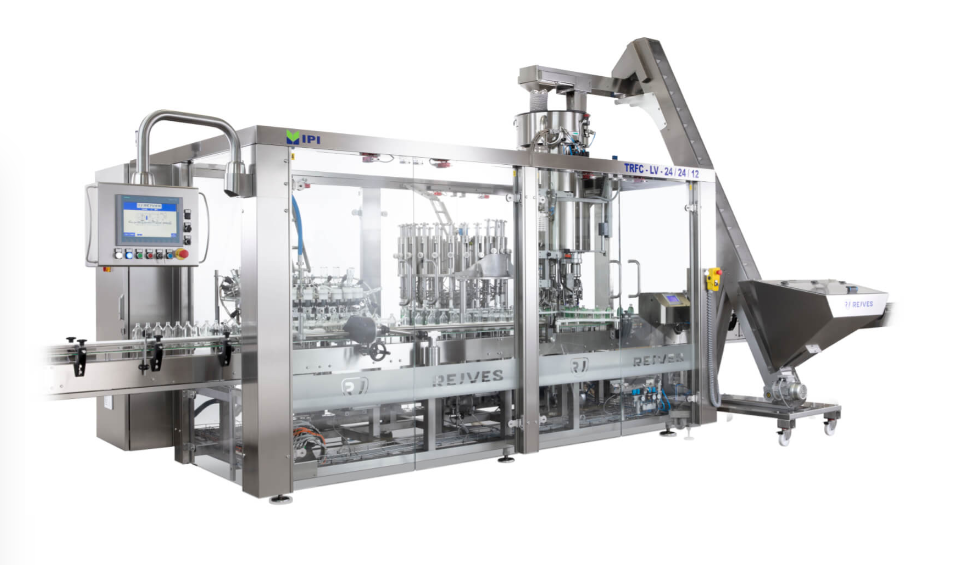
Bottle filling and capping monobloc
Spillage and overfilling are common problems in most production lines for bottled produ...
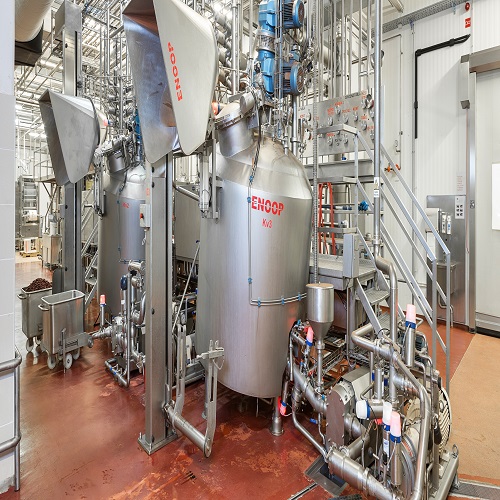
Industrial vacuum cooker
Batch cookers can be highly inflexible and inefficient, relying on maximum fill levels to operate we...
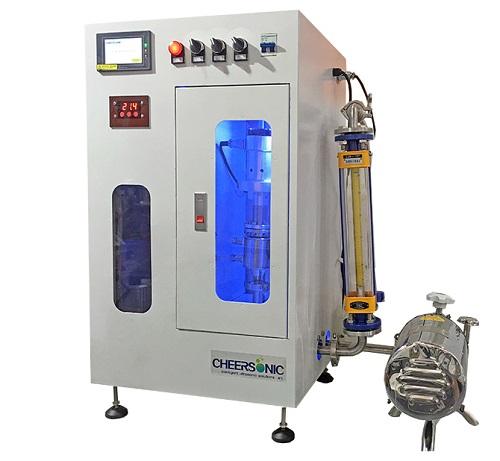
Pilot ultrasonic extractor
In the herbal medicine industry, an ultrasonic extractor is a valid alternative to conventional e...
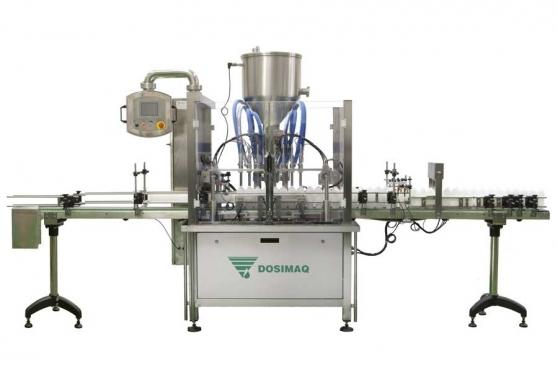
Automatic filling machine for sauce
Traditional sauce filling units can struggle to maintain a high quality of output in ca...
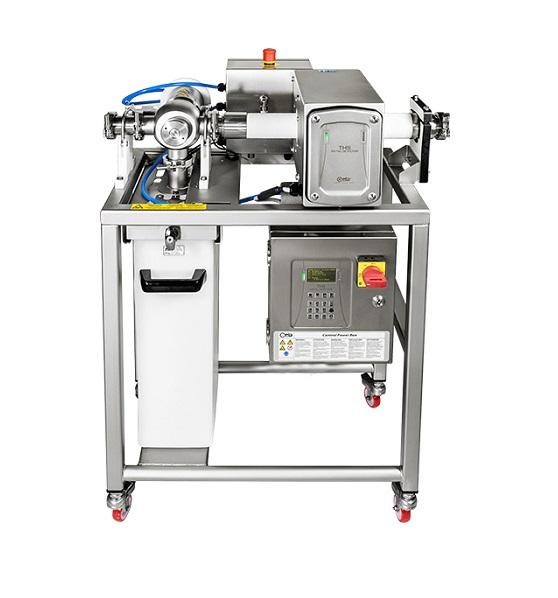
Pipeline metal detector for sauces
Ensuring liquid and viscous products such as sauces, soups, juices and meat are contamin...
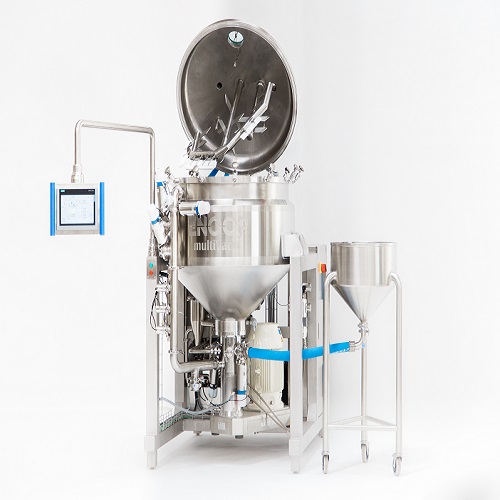
Vacuum based homogenizer
When producing liquid and viscous products such as mayonnaise, sauces, dressings and ketchup it’s vi...
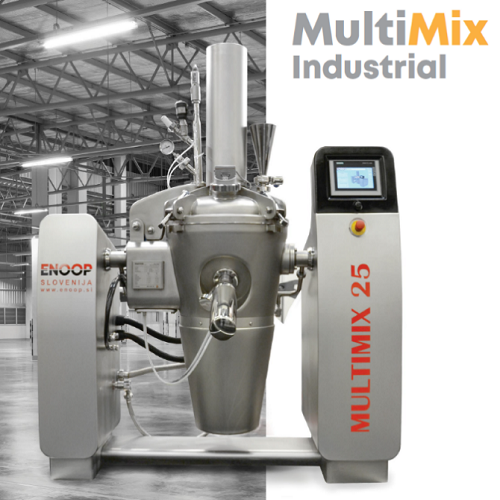
Universal Mixer and Cooker for Sauces
Sauce cookers and mixing machines have traditionally been designed to suit one proces...
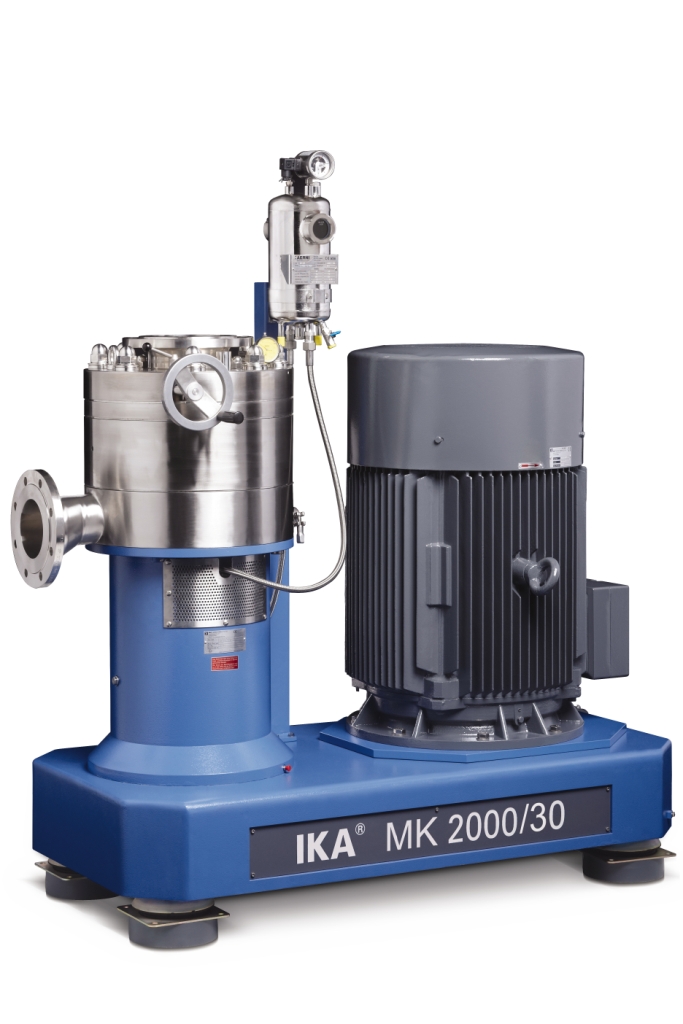
Colloid mill
For creating extremely fine emulsions and high quality dispersions a high pressure homogenizer is often chosen. ...
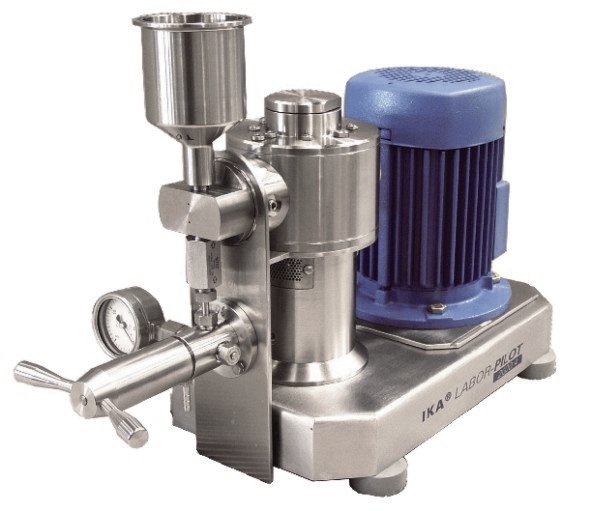
High-pressure homogenizer
When processes call for homogenized emulsions with extremely fine particle sizes the traditional t...
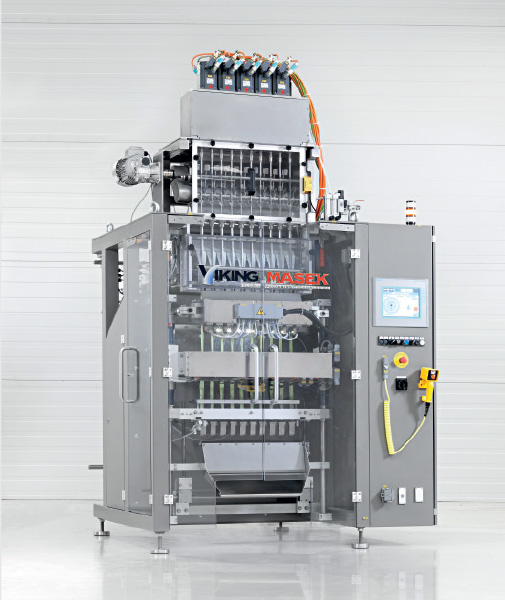
Stickpack Machine
If you are looking to pack your product into stick packs from 17 x 40 mm to 100 x 200 mm in size, you may b...
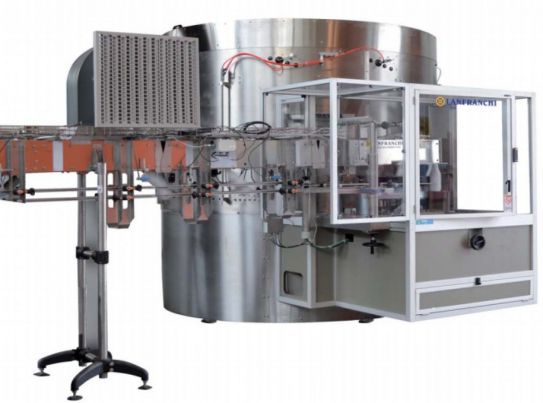
High-speed unscrambler for small bottles
Large-scale production of smaller volume bottled product needs a gentle, accurate ...
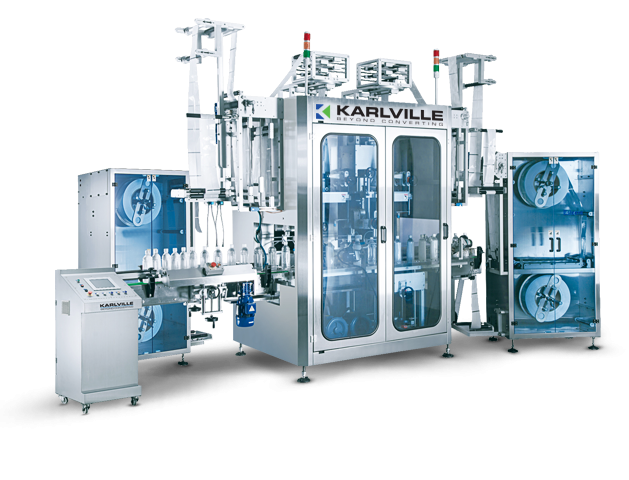
Shrink sleeve applicator - 800 per minute
High speed, in-line shrink sleeving systems require dual head capability with hi...
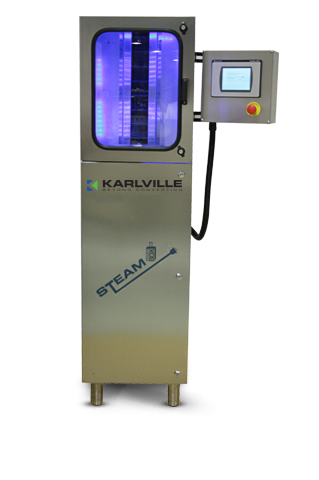
Advanced auto-steam shrink system
Design and development of shrink sleeves could be made much easier if small batches of sa...
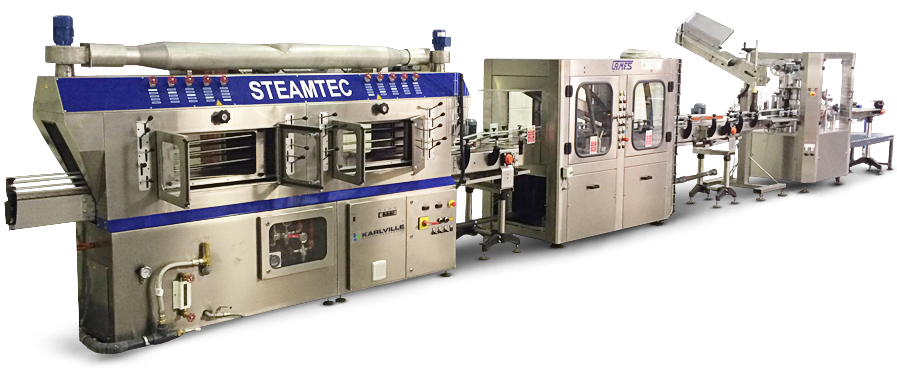
Premium steam tunnel for sleeve application
Maximum flexibility in terms of pressure, temperature and ramp setting and adj...
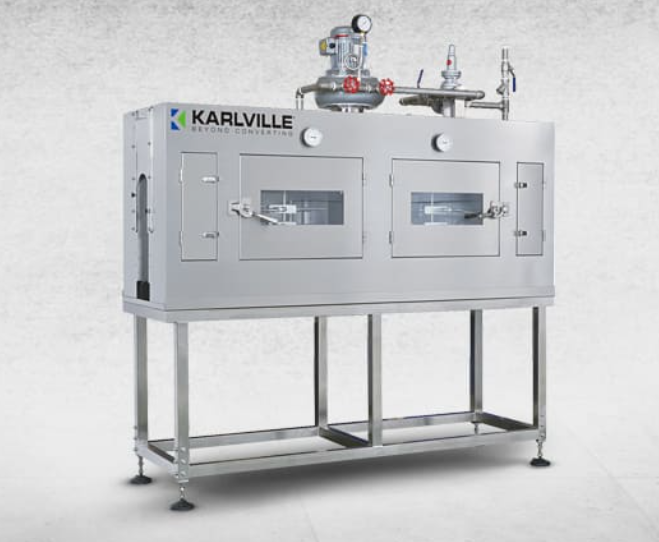
Shrink tunnel for applying sleeves to different containers
Maximum flexibility is required when setting pressure and dir...
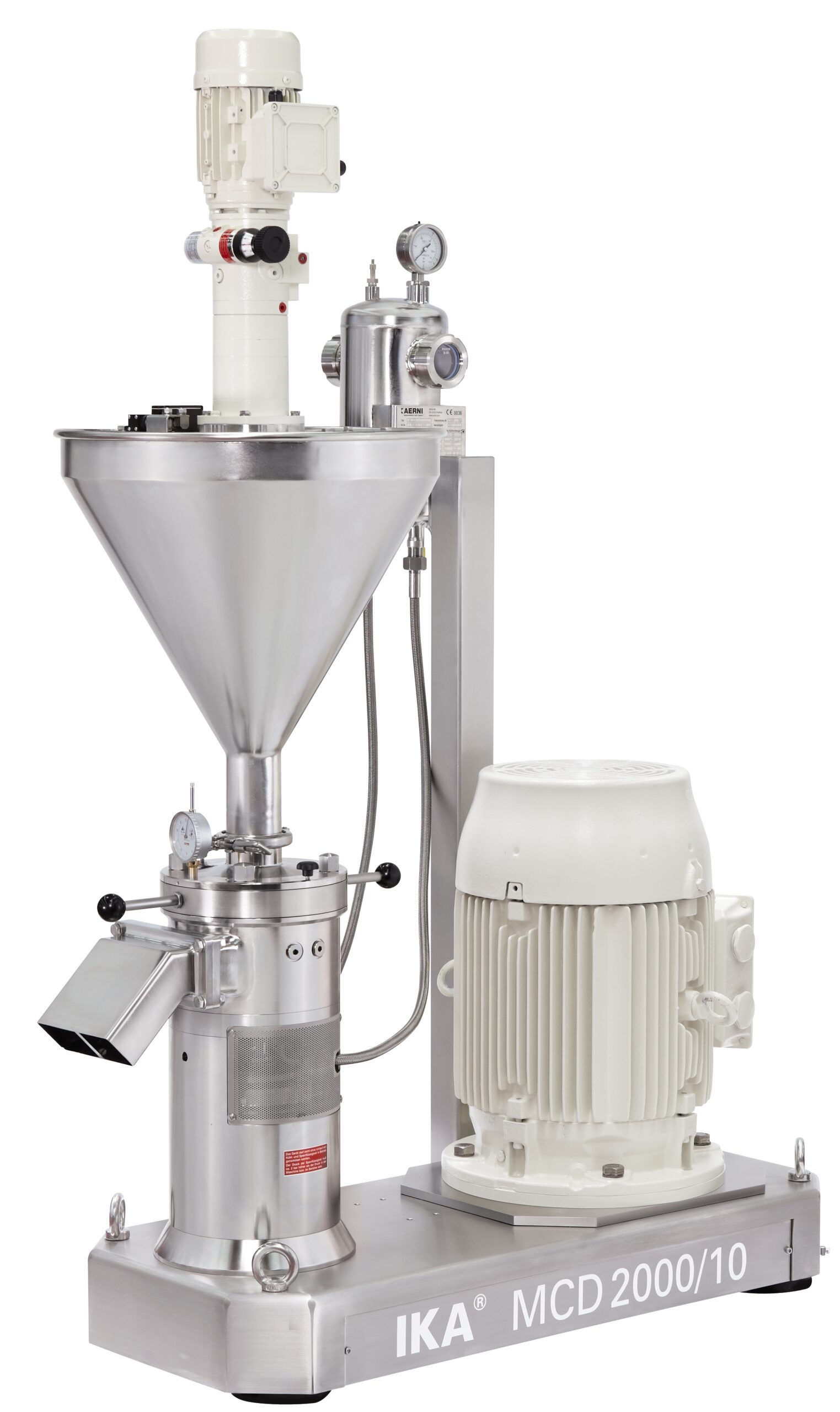
Corundum disk mill
Wet milling and grinding of viscous liquids or pastes containing solid particles such as peanut butter,mus...

Dispersing machine for emulsions and suspensions
Equipment operating under the rotor/stator principal is often employed wh...
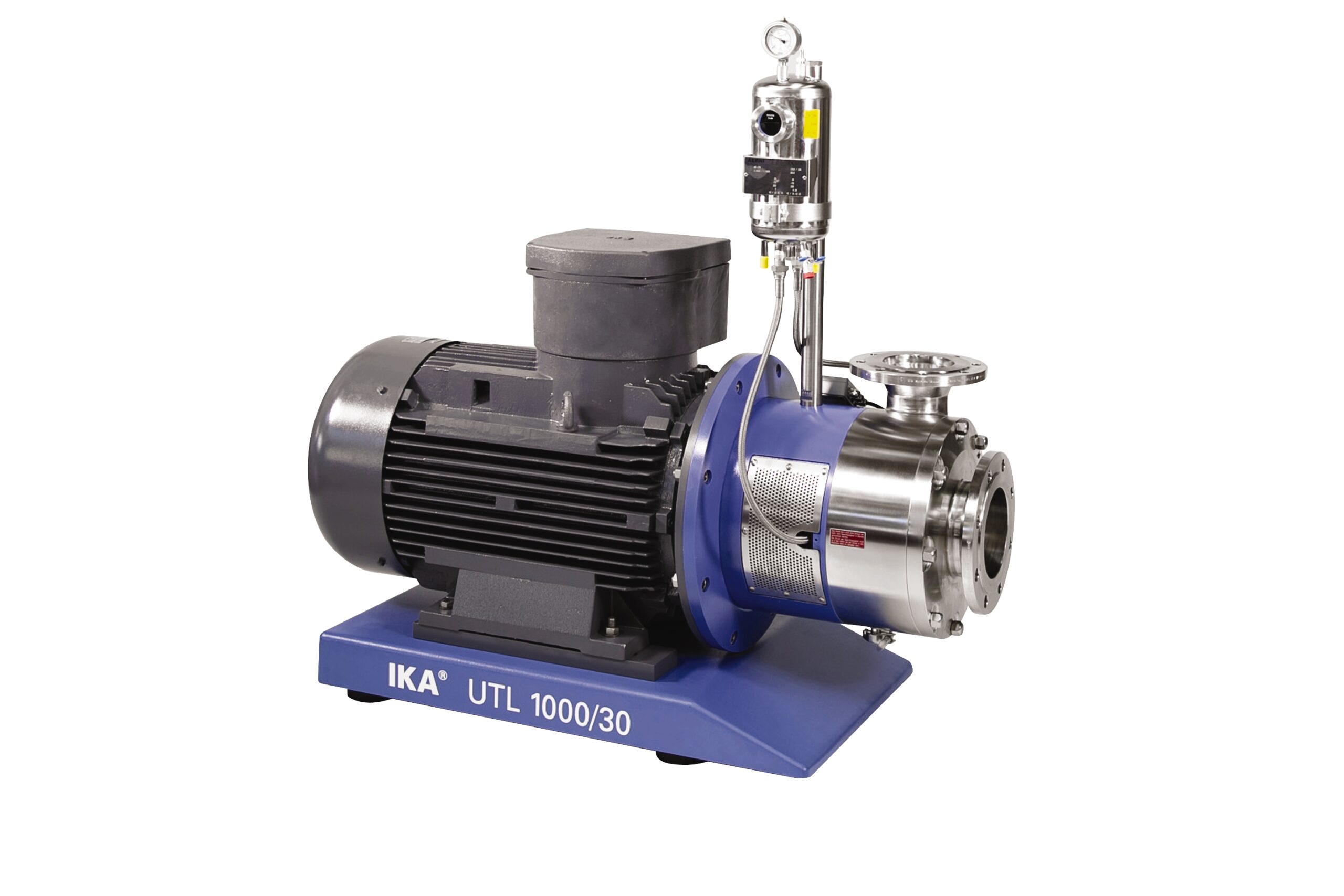
Economic dispersing machine for emulsions and suspensions
For products of medium viscosity and relatively consistent par...
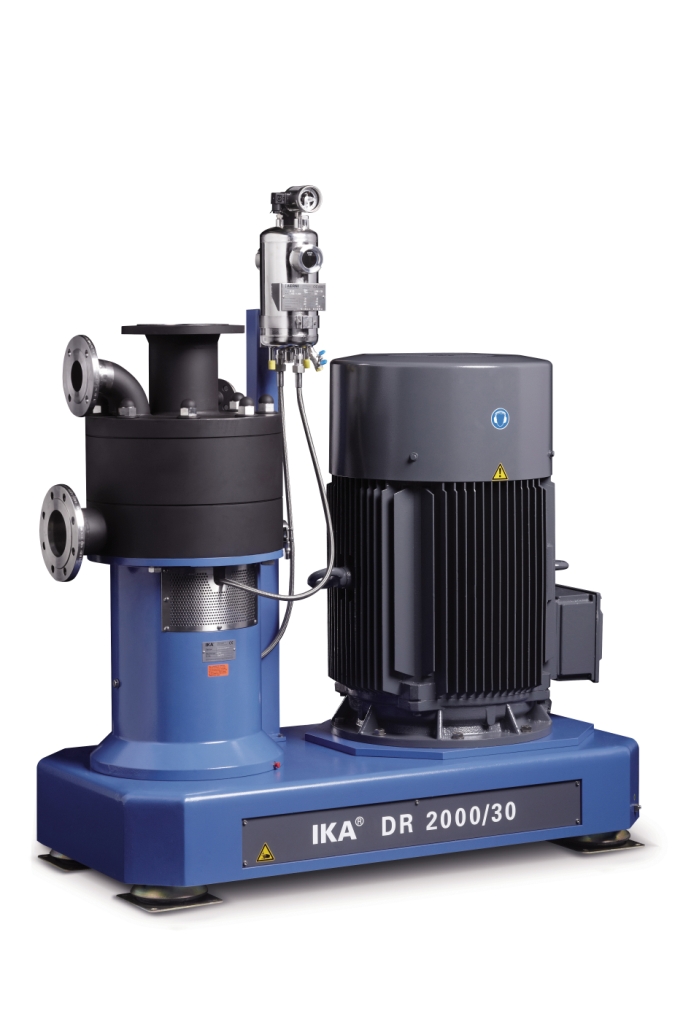
Dispersing machine for very fine emulsions and suspensions
For continuous high performance mixing of solid and liquid ra...
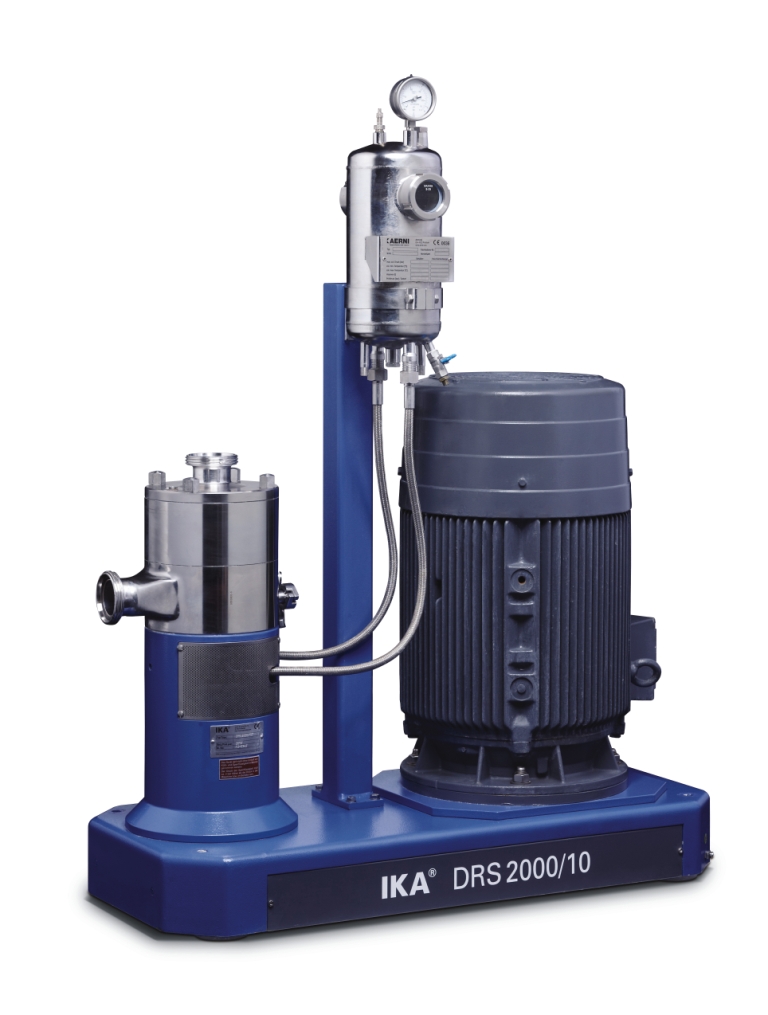
Ultra-fine dispersing machine for emulsions and suspensions
Producing the finest micro-emulsions and suspensions require...
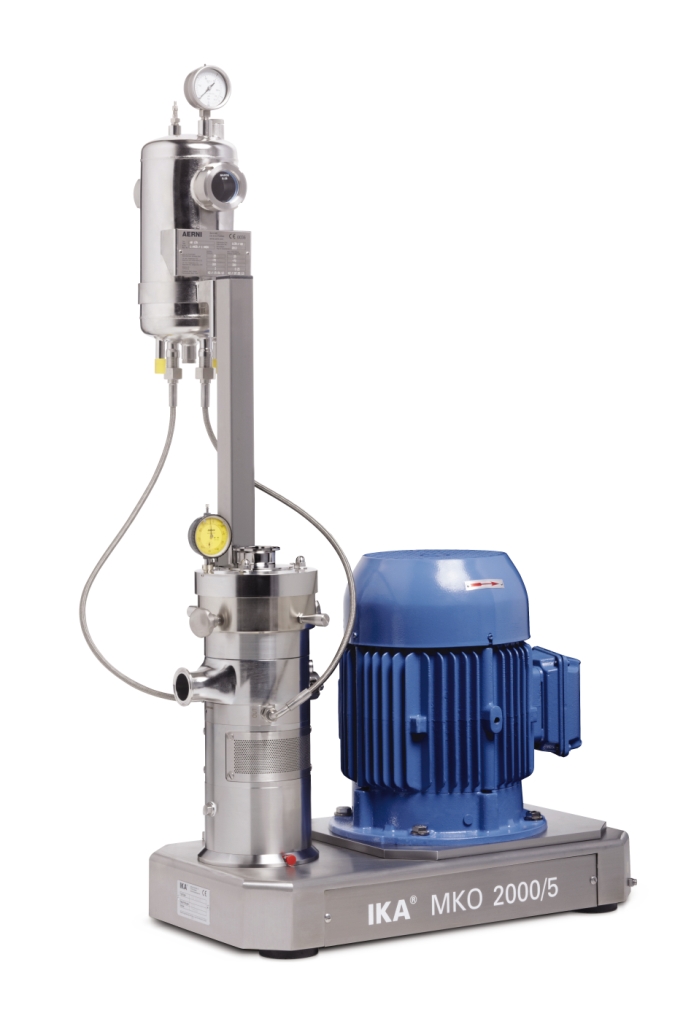
Cone mill machine
When your raw materials include agglomorated suspensions of grainy or crystalline solids and your process n...
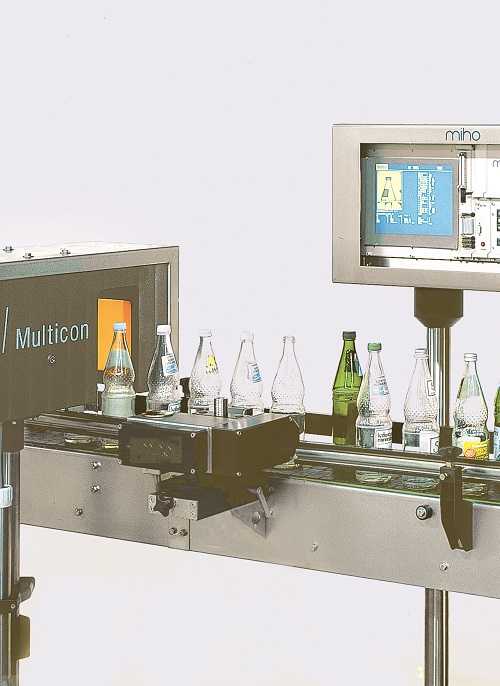
Empty bottle shape, colour and size sorting system
Accurate bottle sorting system that differentiates between the bottles...
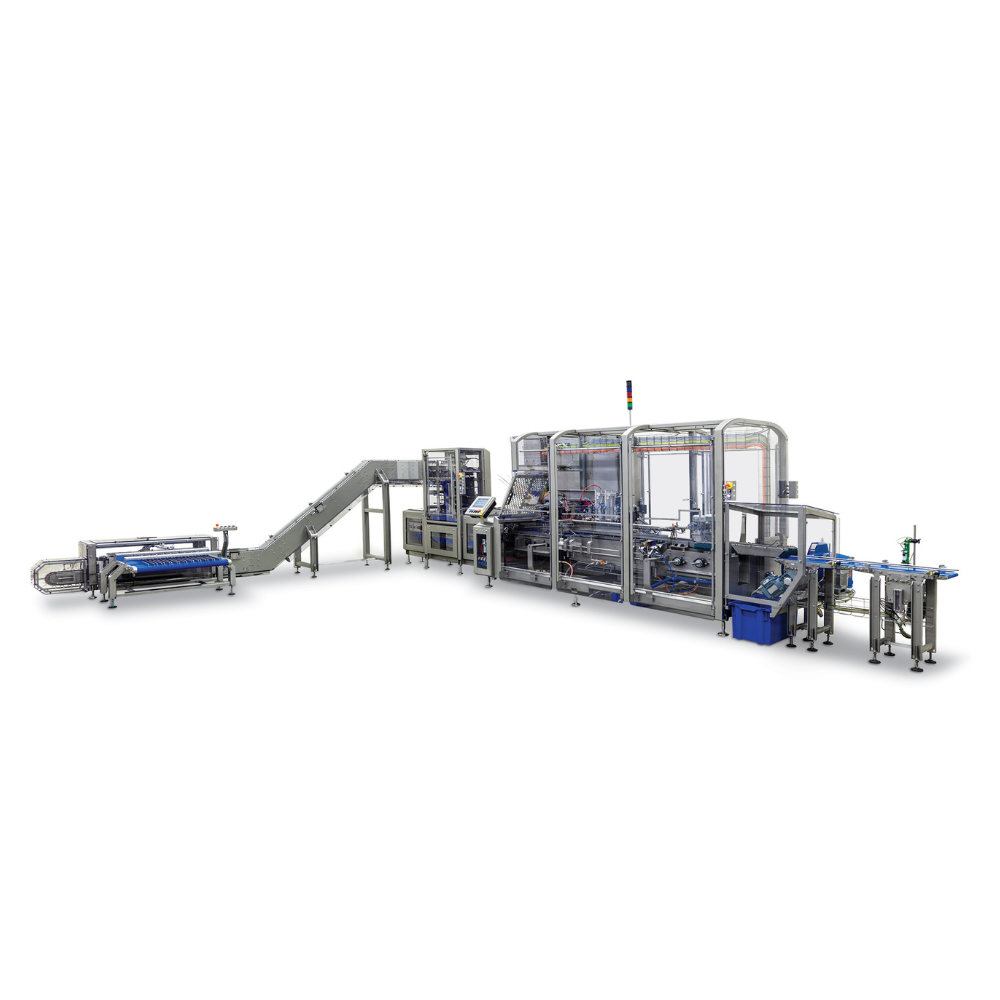
Smart Industrial Sauce Cartoning System
Large volume producers of sauces and ready meals continuously pack different produc...
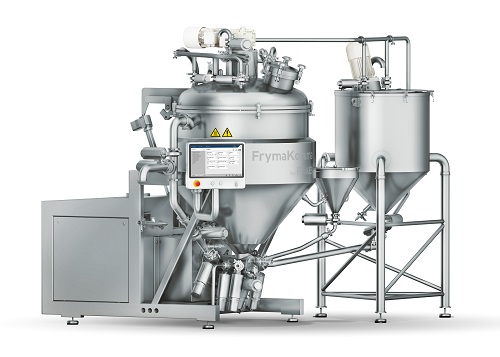
Batch processing system for emulsions and suspensions
Emulsions enhance foods with a creamy mouthfeel and richer flavors....
